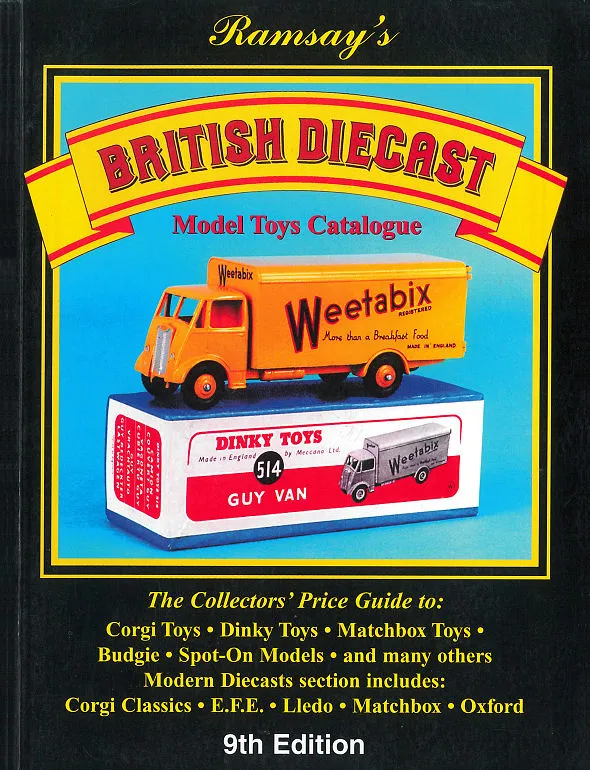What are Diecast Models
Diecast models are miniature replicas of vehicles, typically made from metal using a die-casting process. These models are highly sought after by collectors of all ages. The term “diecast” refers to the manufacturing process, where molten metal is injected into a mold (the “die”) to create the model. These models are not just toys, they are miniature works of art, offering incredible detail and accuracy. Diecast models span a wide range of subjects, from cars and trucks to airplanes and motorcycles, making them a versatile and engaging hobby. The level of detail can vary widely, from simple, budget-friendly models to highly detailed, premium versions that accurately replicate every aspect of the real vehicle. The appeal of diecast models lies in their ability to capture the essence of the full-size vehicles they represent, providing a tangible connection to automotive history and design.
The History of Diecast Models
The history of diecast models is as fascinating as the models themselves. Their origins can be traced back to the early 20th century, with the initial focus on creating durable toys for children. Companies like Dinky Toys and Corgi Toys were pioneers in the field, producing simple yet robust models that captured the imagination of young enthusiasts. Initially, these models were relatively basic, but as manufacturing techniques improved, so did the level of detail and realism. The post-World War II era saw a surge in the popularity of diecast models, driven by advances in technology and the growing interest in automobiles. These models became increasingly sophisticated, with features like opening doors, detailed interiors, and accurate paint schemes. This era also saw the rise of iconic brands, which are still highly regarded by collectors today. The evolution of diecast models reflects not only technological advancements but also the changing tastes of collectors and the growing appreciation for miniature craftsmanship. Over the years, the hobby has evolved, becoming more specialized with collectors seeking specific models, brands, or scales.
Types of Diecast Models
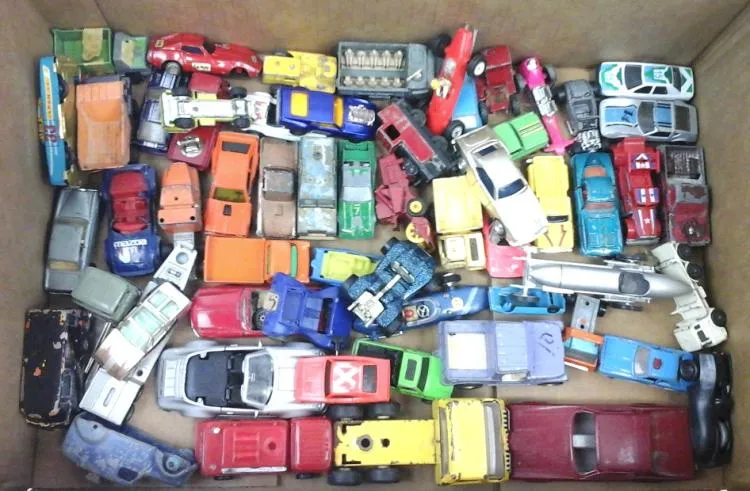
Diecast models come in a wide variety of types, catering to diverse interests and preferences. The most common type is, of course, model cars, representing a vast array of vehicles, from classic cars to modern supercars. Trucks, buses, and emergency vehicles are also popular, providing a diverse range of subjects for collectors. Beyond vehicles, diecast models extend to airplanes, trains, motorcycles, and even military vehicles, each with its own dedicated following. The subject matter available in diecast form is incredibly diverse. Within each category, there’s further specialization. For example, car collectors may focus on a particular make or era, while train enthusiasts might concentrate on specific locomotives or railway systems. The type of diecast model you choose to collect often depends on your personal interests and the availability of models that appeal to you. Whether it’s the sleek lines of a sports car or the rugged detail of a construction vehicle, there’s a diecast model for every enthusiast.
Scale
Scale is a crucial factor in the world of diecast models, determining the size and level of detail. Common scales include 1:18, 1:24, 1:43, and 1:64, each representing a different ratio of the model’s size to the actual vehicle. 1:18 scale models are larger and offer a high level of detail, making them popular for serious collectors. 1:24 scale models are a bit smaller and often strike a good balance between detail and cost. 1:43 scale is another common choice, particularly for more affordable and space-efficient collections. 1:64 scale, often referred to as “matchbox size,” is a favorite for its portability and affordability. Choosing a scale is a personal preference, influenced by factors like available space, budget, and the desired level of detail. Some collectors specialize in a single scale, while others collect in multiple scales to diversify their collections. The scale of a diecast model significantly impacts its overall appearance, the level of detail that can be included, and the price of the model. Understanding scale is essential for ensuring that you are selecting models that match your collecting goals.
Material
The primary material used in diecast models is, as the name suggests, diecast metal. This metal alloy, usually zinc, is used for the body and chassis of the model, providing durability and weight. Other materials are often used in conjunction with diecast metal to enhance detail and functionality. Plastic is commonly used for interior parts, tires, and sometimes for smaller exterior details. Rubber is used for tires, providing a realistic look and feel. Glass or transparent plastic is used for windows and headlights. High-end models may incorporate photo-etched parts, made from thin sheets of metal to achieve finer detail than possible with diecast metal. The use of various materials allows manufacturers to create highly realistic and detailed models. The choice of materials affects the model’s appearance, durability, and the overall collecting experience. A combination of materials, carefully chosen and expertly assembled, brings each miniature replica to life. Some collectors have preferences for specific materials, often favoring the feel and weight of diecast metal.
Brands
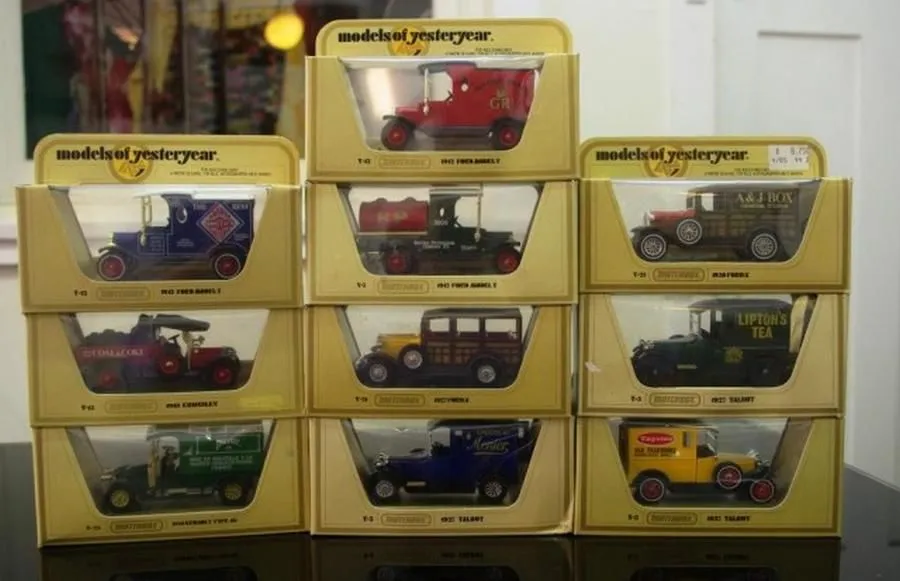
The diecast model world is populated by numerous brands, each known for its unique approach to model production. Some of the most popular brands include Hot Wheels, Matchbox, Autoart, Minichamps, and Bburago. Each brand offers a range of models at various price points and levels of detail. Hot Wheels and Matchbox are famous for their affordable, entry-level models, appealing to a broad audience. Autoart is renowned for its high-quality models with incredible detail and realistic features. Minichamps and Bburago offer a range of models that blend quality and affordability. Each brand has its strengths, whether it’s a focus on specific types of vehicles, a particular scale, or a specific level of detail. Collectors often develop brand loyalties based on quality, design, and personal preferences. The brands you choose to collect often reflect your interests, budget, and collecting goals. Researching different brands is an essential part of the diecast model collecting journey, allowing you to find models that meet your preferences and standards.
Where to Buy Diecast Models
Diecast models are available through a variety of channels, each offering its advantages. The best place to find these miniature vehicles depends on your needs and collecting style. Online retailers, specialty shops, and auction sites are all options, offering different benefits in terms of selection, price, and convenience. Exploring these options is crucial to building your collection.
Online Retailers
Online retailers offer a vast selection of diecast models, often at competitive prices. Sites like 3000toys com, Amazon, and eBay provide access to a wide range of brands, scales, and models. Buying online offers convenience, allowing you to browse and purchase from the comfort of your home, and is available 24/7. Many online retailers offer detailed product descriptions, photos, and customer reviews, making it easier to make informed purchasing decisions. Online retailers often run sales and promotions, helping to make collecting more affordable. However, it’s important to research the retailer, read reviews, and check shipping costs before making a purchase. This helps ensure that you are getting a good deal and that your models will arrive safely.
Specialty Shops
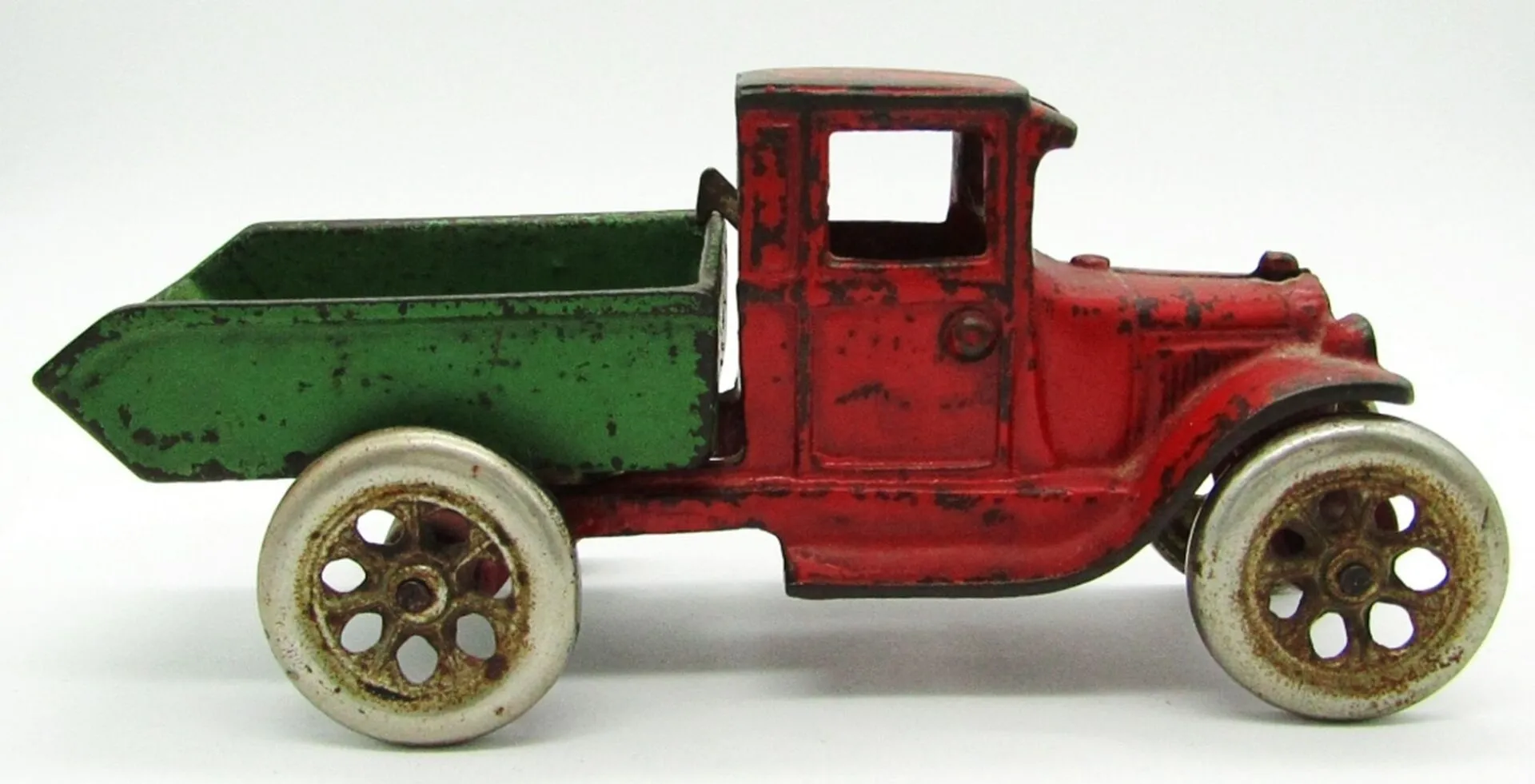
Specialty shops are a great option for diecast model enthusiasts who value personal service and expert advice. These shops often carry a curated selection of models, focusing on specific brands, scales, or themes. The staff in specialty shops are typically knowledgeable about diecast models and can provide valuable insights and recommendations. Specialty shops often provide a hands-on experience, allowing you to examine models closely before making a purchase. These shops create a sense of community among collectors, often hosting events and offering opportunities to connect with fellow enthusiasts. While the prices in specialty shops may be slightly higher than online retailers, the benefits of personalized service and the opportunity to see models up close can be well worth the extra cost.
Auctions and Collectibles Shows
Auctions and collectibles shows offer unique opportunities to find rare and valuable diecast models. Auctions, both online and in-person, allow you to bid on models that may not be readily available elsewhere. Collectibles shows bring together dealers from across the country, offering a wide variety of models for sale and providing a chance to network with other collectors. These events are great places to find vintage models and to add unique pieces to your collection. When participating in auctions and shows, it’s essential to do your research and establish a budget. Be sure to inspect models carefully before bidding, and ask questions if you have any concerns. These venues provide a dynamic and exciting way to acquire diecast models, and they can lead to the discovery of unique and valuable pieces. The thrill of the chase is an integral part of the collecting experience.
Tips for Finding the Best Diecast Models
Finding the best diecast models involves a combination of research, careful consideration, and attention to detail. Knowing what to look for can significantly enhance your collecting experience. By paying attention to these factors, you can make informed decisions and build a collection that reflects your interests and values.
Research and Reviews
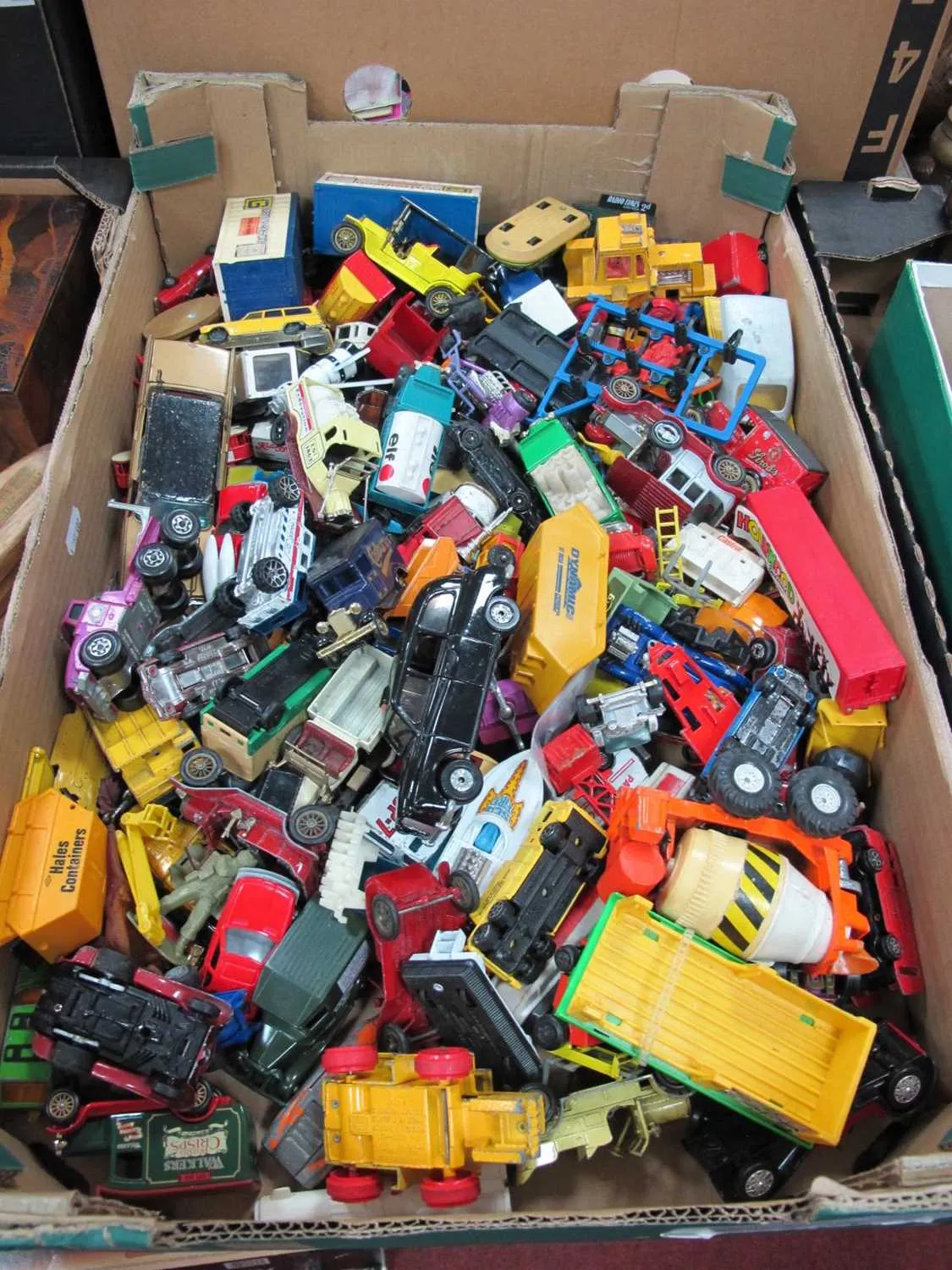
Before making a purchase, research the model and brand. Read reviews from other collectors to get insights into the model’s quality, accuracy, and value. Look for models from reputable brands known for their attention to detail and quality craftsmanship. Researching models, whether via online forums or by word of mouth, will help you avoid disappointments and will help you make informed decisions. Reviews are a great way to understand a model’s strengths and weaknesses. This knowledge is a critical part of the process.
Condition and Authenticity
Carefully inspect the condition of the model. Look for any defects, scratches, or missing parts. Ensure that the model is authentic, especially if purchasing a vintage or rare piece. Verify that all features, such as opening doors, functioning steering, and detailed interiors, are in proper working order. For vintage models, check for original packaging, which can significantly affect the model’s value. A model’s condition can have a big impact on its value and appeal. Checking for authenticity is especially critical with rare or collectible models. Careful examination will help you avoid disappointments and ensure that you are getting a model that meets your expectations.
Pricing and Budgeting
Set a budget before you start collecting and stick to it. Diecast model prices can vary widely, so it’s essential to know how much you’re willing to spend. Compare prices from different retailers and consider the model’s rarity and condition. Remember that some models may appreciate in value over time, while others may not. It is easy to get caught up in the excitement of collecting. Having a budget will help you stay focused. Researching prices and comparing different models can help you find good deals. By sticking to your budget, you can avoid overspending and build a collection that remains enjoyable and affordable.
Maintaining and Displaying Your Collection
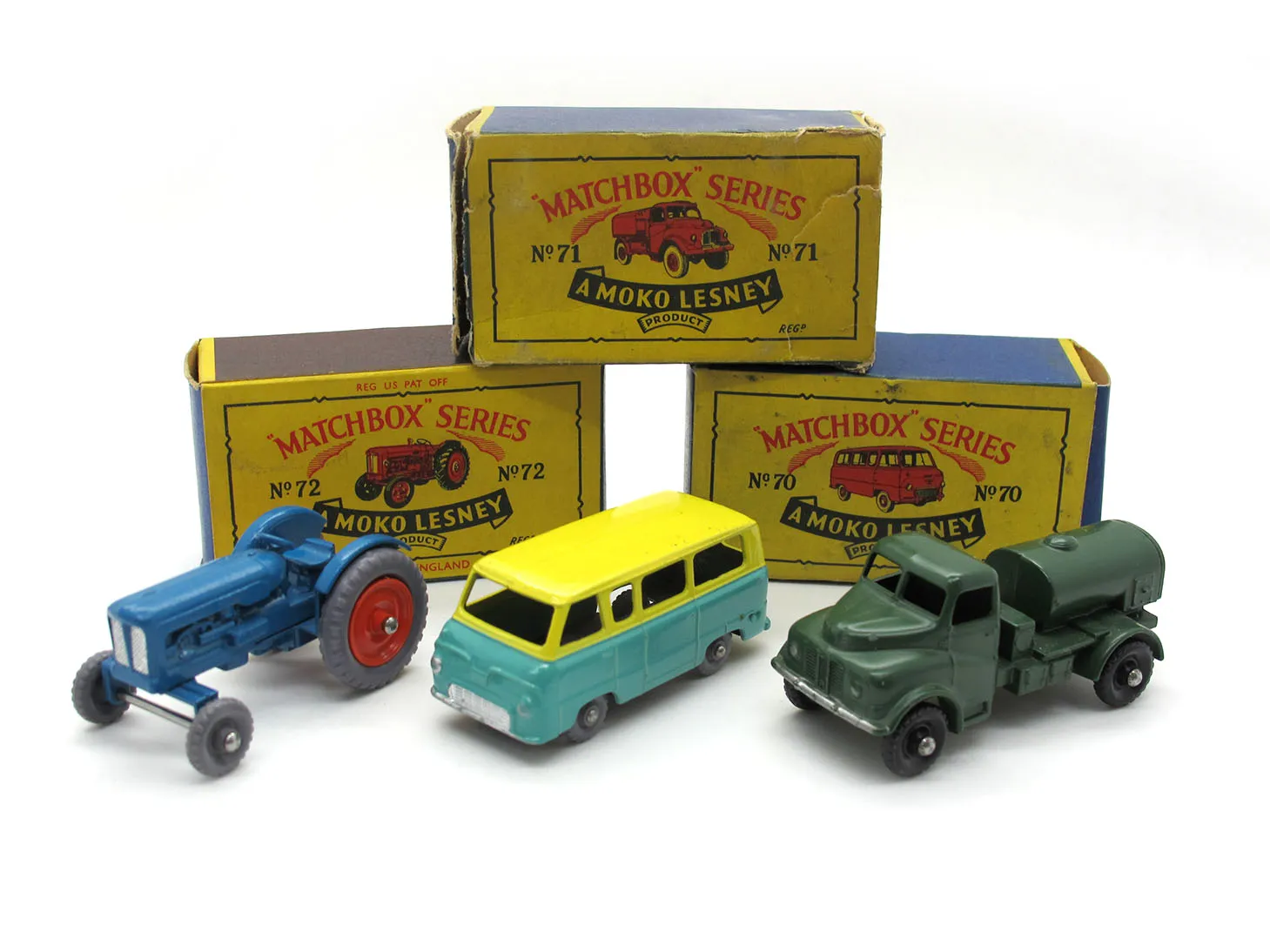
Proper maintenance and display are essential for preserving and showcasing your diecast model collection. Dust your models regularly using a soft brush or cloth to prevent the buildup of dirt and grime. Avoid direct sunlight and extreme temperatures, which can damage the paint and other materials. Consider using display cases to protect your models from dust, damage, and the elements. Arrange your models in a way that is visually appealing, such as by brand, scale, or type of vehicle. This ensures that your collection remains in excellent condition and looks great for years to come. Proper maintenance and display not only protect your models but also add to the enjoyment of your collection.
Diecast models offer a fascinating and rewarding hobby. With the right approach, you can create a collection that reflects your interests and passions. From understanding the types of models to knowing where to buy them and how to find the best ones, you are now better equipped to start, or continue, this fulfilling hobby.
